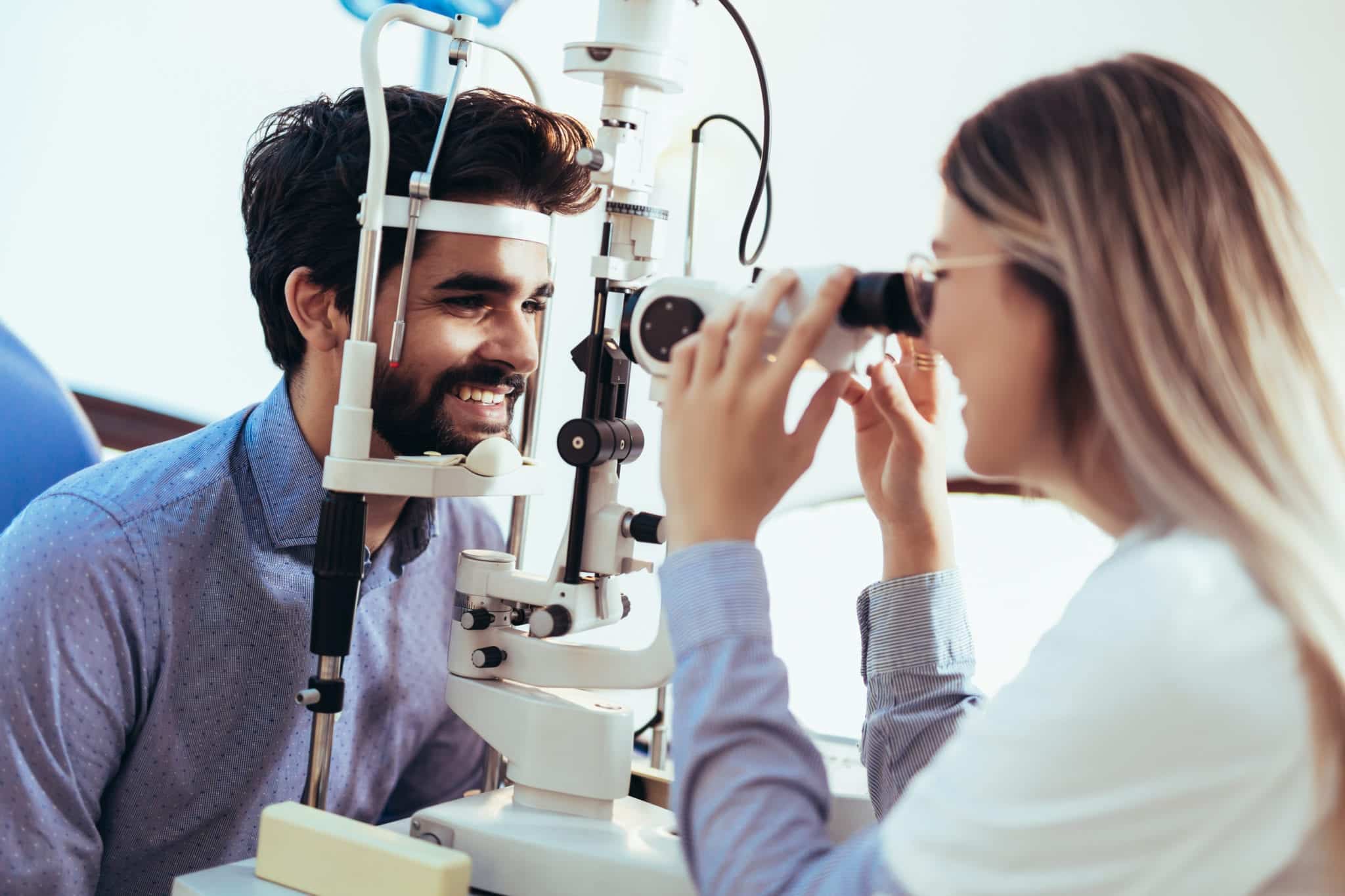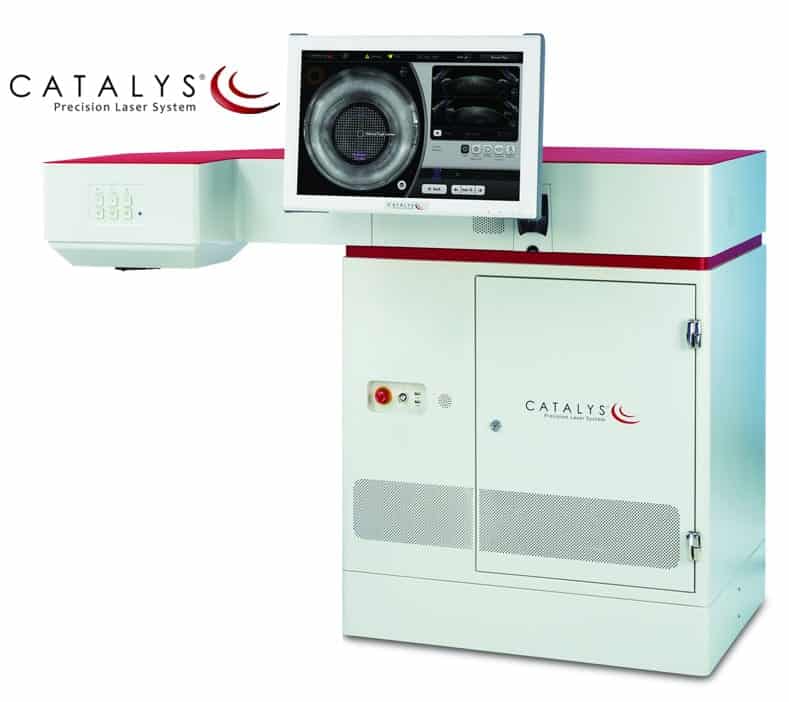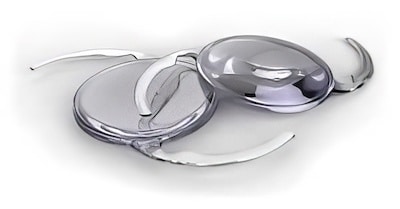Cataract Surgery
The clouding of the lenses of our eyes — cataracts — is the principal cause of blindness worldwide. In the U.S. over 22 million people over the age of 40 have cataracts, and this number is expected to grow to 33 million by 2020. The team at Vistarr Laser & Vision Center has vast experience in cataract surgery, replacing the cloudy lens with a clear artificial lens, returning clear vision to our patients in West Chester, Kennett Square, Paoli, PA, and the surrounding areas.
What are Cataracts?
Cataracts affect the eye’s natural lens, which lies behind the iris and the pupil. The lens is a clear film that focuses on what the eye is seeing on the light-sensitive retina, which is located on the back of the eye. The lens is crystal clear when we are young, but with age and factors such as sun exposure, proteins in the eye form clumps that begin to cloud the lens. As the proteins build, the lens becomes cloudier, eventually affecting visual acuity, especially at night. Vision through a cataract-clouded lens can be akin to looking through a dirty window.

Cataracts develop slowly, so the patient usually doesn’t notice the increasing cloudiness until at some point it begins to impact the vision in the eye with the cataract. Cataracts can develop in both eyes, but they don’t usually form at the same time or progress at the same rate.
Cataracts are common in older people. In the U.S. it is estimated that an 80-year-old has a 50/50 chance of either having cataracts or already having had cataract surgery. Cataracts can only be treated with cataract surgery to replace the permanently clouded lens.
What are the Different Types of Cataracts?
Cataracts can be classified in different ways: partial or complete, stationary or progressive, hard or soft. They can be classified by the degree of cloudiness of the lens. These are the three main types of cataracts:
Nuclear Sclerotic Cataracts –The most common form of cataracts, the name derives from the nuclear (or central) portion of the lens. Cataracts form in the middle of the lens and turn it brown or yellow. Nuclear sclerotic cataracts usually affect distance vision.
Posterior Subcapsular Cataracts – Predominantly a problem for diabetics or those taking high doses of steroids, posterior subcapsular cataracts form at the back surface of the lens.
Cortical Cataracts – These cataracts are wedge-shaped and form around the edges of the lens center. To our doctors looking through an ophthalmoscope, these cataracts appear as white spokes on a wheel. Cortical cataracts create problems with glare and tend to scatter light at night.
What are the Risk Factors for Developing Cataracts?
Aging is the foremost factor in a person developing cataracts, but there are other risk factors involved, including:
- Diabetes
- Excessive Sun Exposure
- Smoking
- Excessive Alcohol Use
- Obesity
- Exposure to Radiation from Cancer Treatments
- High Blood Pressure
- Previous Eye Injury
- Previous Eye Surgery
- Prolonged Use of Corticosteroids
- Family History

What are the Symptoms of Cataracts?
Pain is not involved with the development of cataracts. As mentioned above, the process is a slow one, with the person often not realizing their vision is degrading. These are typical symptoms:
- Decreased Color Vibrancy
- Blurred Vision
- Poor Night Vision
- Increased Glare
- Halos Surrounding Lights
- Double Vision
- Frequently Changing Eyeglass Prescription
- A Feeling There is a Film Over the Eye
The Cataract Surgery Procedure
Once a lens has clouded with a cataract, the change is permanent. If left untreated, the eye will become cloudier and cloudier, eventually leading to blindness. Fortunately, cataract surgery is safe, incredibly effective, and only involves minimal discomfort.
At Vistarr Eye Care Centers of Chester County, we perform minimally invasive, small-incision, no-stitch cataract surgery called phacoemulsification (phaco) surgery. We use the CATALYS® Precision Laser System for greater precision and accuracy, and to remove the need for a surgical blade. Here’s how we perform the procedure.
The CATALYS® system first renders a 3D image of the eye for guidance. The system’s femtosecond laser then creates the corneal incision and removes the anterior capsule of the lens to gain access to the cataract lens. This incision is very small. Next, the laser makes some cuts in the cataract-clouded lens. A probe then delivers high-frequency ultrasound energy to break up the cloudy lens, immediately using suction to gently remove the small lens pieces from the eye. The previous scoring by the laser reduces the amount of ultrasound energy needed to break up the cataract lens. We may also use the laser at this point to create peripheral corneal incisions to reduce astigmatism, if necessary. The final step is to insert an artificial intraocular lens (IOL) to replace the removed cataract lens. Advanced foldable IOLs can be inserted through the same small incision through which the original lens was removed. There are different options for IOLs as described below. Because of its small size, the cataract surgery incision can heal on its own without any stitches.

What are the Advantages of Cataract Surgery?
At Vistarr, we pride ourselves on staying on the cutting edge of eye surgery technology. The CATALYS® system provides various benefits when performing cataract surgery:
- All incisions can be made with the laser, removing the need for surgical blades
- The computer guidance provides greater surgical precision
- Laser scoring of the lens reduces the amount of ultrasound energy needed
What Happens After Cataract Surgery?

After your cataract surgery, you’ll have an eye patch on your treated eye. We may also have you wear a protective shield, even when sleeping, for several days. At first, your vision will be blurry, but it rapidly improves in just a couple of days. Your eye may be somewhat itchy, but you must not rub or put any pressure on the treated eye. Heavy lifting, or anything that puts pressure on your eyes, must be avoided. We’ll provide eye drops to prevent inflammation and infection and to control your eye pressure.
Full healing from cataract surgery can take up to two months, but you can return to most daily activities in just a few days. Depending on your lens choice, you may or may not require glasses for some tasks after your cataract surgery. If both your eyes have cataracts, we schedule the second eye for cataract surgery one to two months after the first; they are not done at the same time.
Intraocular Lenses (IOLs)
During cataract surgery, the inner lens of the eye is fragmented, extracted, and then replaced with an intraocular lens implant (IOL). The lens implant not only takes the place of the natural lens – but it can also correct refractive errors (nearsightedness, farsightedness, and astigmatism) for improved vision.

Toric IOLs
Astigmatism is a common condition that impairs the vision due to an uneven curvature of the cornea. While a standard lens implant placed during cataract surgery can correct for nearsightedness and farsightedness, it cannot correct for astigmatism; therefore, quality distance vision may still require glasses or contact lenses. Surgical treatments such as limbal relaxing incisions, and astigmatic keratotomy can be beneficial in cases of astigmatism; however, an intraocular lens called the Toric IOL may be the best solution. A Toric IOL is an innovative lens implant option because these unique lenses can correct distance vision and astigmatism simultaneously, reducing or eliminating the need for corrective eyewear. For cataract surgery patients with astigmatism who do not want to rely on glasses and contacts, Toric IOLs implanted after removal of cataracts can offer outstanding results.
Multifocal IOLs
Multifocal IOLs were FDA-approved in 2005 and revolutionized lens replacement for cataract surgery. Originally, IOLs could only correct nearsightedness or farsightedness. However, the innovating Multifocal IOL focuses light in such a way that allows the enhancement of near, intermediate, and distant vision. Our Surgeons are some of the most experienced users of Multifocal IOL technology in the area. Our patients are very happy with the quality of life improvement that Multifocal IOLs offer them.
Schedule a Cataract Surgery Consult Today!
Vistarr Eye Care Centers of Chester County proudly serves West Chester, Paoli, and Kennett Square, PA with advanced cataract surgery services. Call 610.692.8100 to schedule a consultation today! You can also the form on our our contact page, and our staff will help you set up an appointment with one of our top physicians. Our practice looks forward to serving you!
